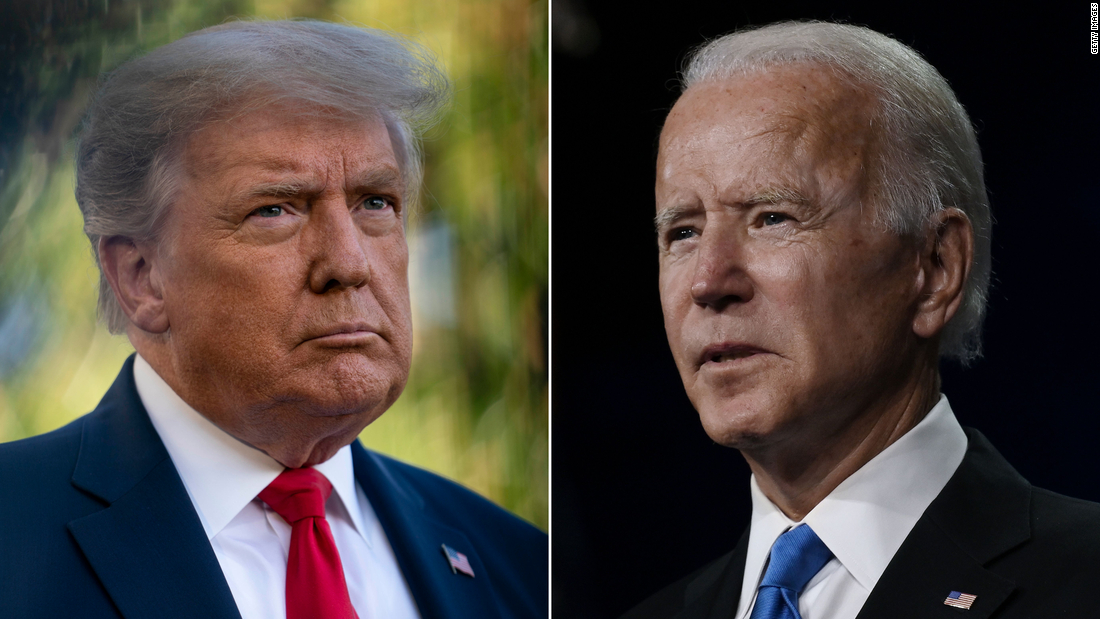Voters voted. The states counted the votes. Challenges were heard and rejected. The Electoral College made President-elect Joe Biden’s victory completely official.
The time for President Trump’s repeated unfounded allegations of fraud is over, but that doesn’t mean the drama is over. Lawmakers follow an archaic timetable set by the Constitution and US law to make Biden president.
Just as then Vice President Biden oversaw the counting of electoral votes that gave Trump the White House in 2017, now it will be Vice President Mike Pence, Trump’s loyal soldier for the past four years, who will announce the vote count that officially makes Biden the winner. Read more about it here.
And Republicans will have to choose how deeply they want to follow Trump in his conspiracy theories rabbit hole.
Lawmakers will have the ability to raise objections about the vote – just as some Democrats did in 2017. But while those objections were easily dismissed in 2017, Republican senators could, if they wish, drag the process this year and force the House and Senate to vote on individual points.
Here is an analysis of what will happen today:
- Electoral votes are counted in Congress.
- Members of the House and Senate will meet in the House. The President of the Senate – who is Pence – will preside over the session and the electoral votes will be read and counted in alphabetical order by two nominees each by the House and the Senate.
- They will then give their counts to Pence, who will announce the results and hear the objections.
- If there are objections, the House and Senate consider them separately to decide how to count those votes.
- There are 538 electoral votes – one for each congressman and senator plus three for Washington, DC. If no candidate obtains a majority – that is 270 – then the 435 members of the House decide the election. Each state has the right to vote. So while there are more Democrats in the House, Republicans, from now on, control more state delegations, so it is possible that the House will choose Trump, although there is a Democratic majority.
- The Chamber has until midday on January 20 to choose the president. Otherwise, he would be the vice president or the next eligible person in the presidential succession line.
